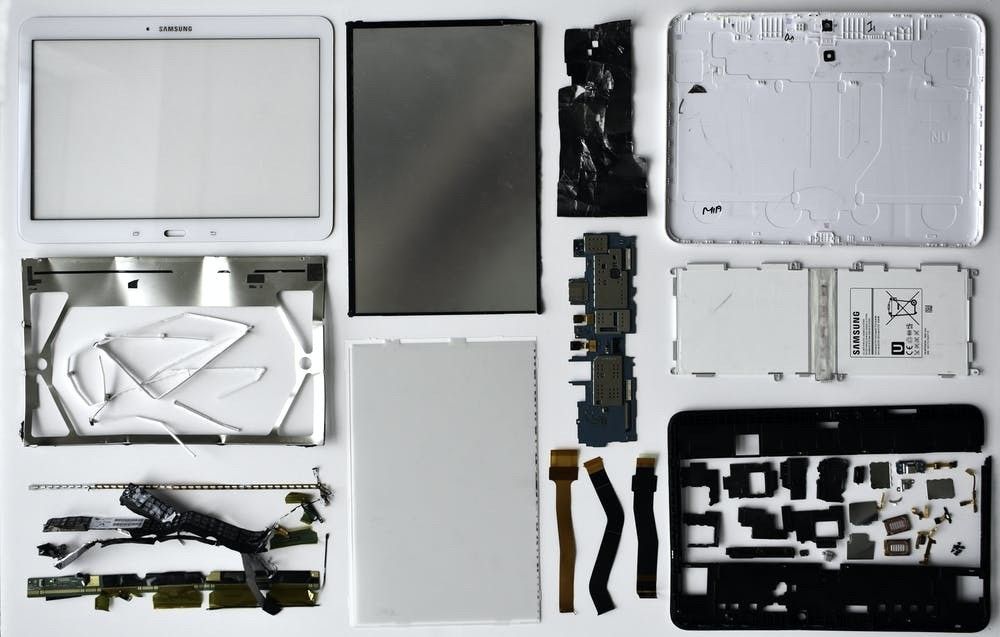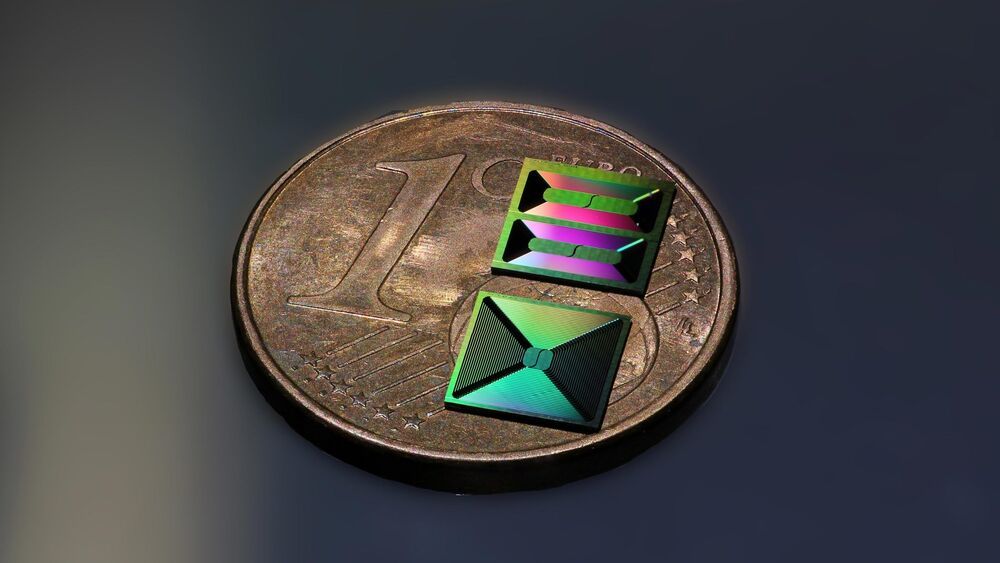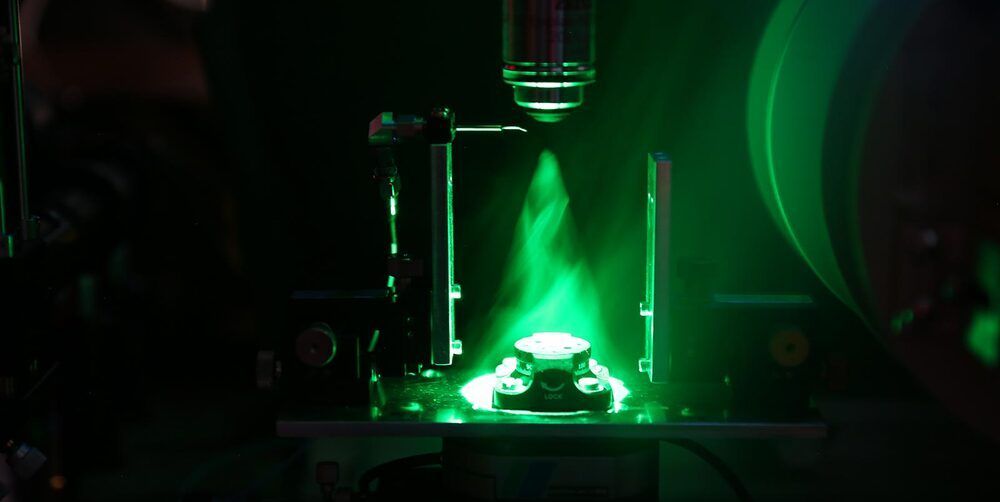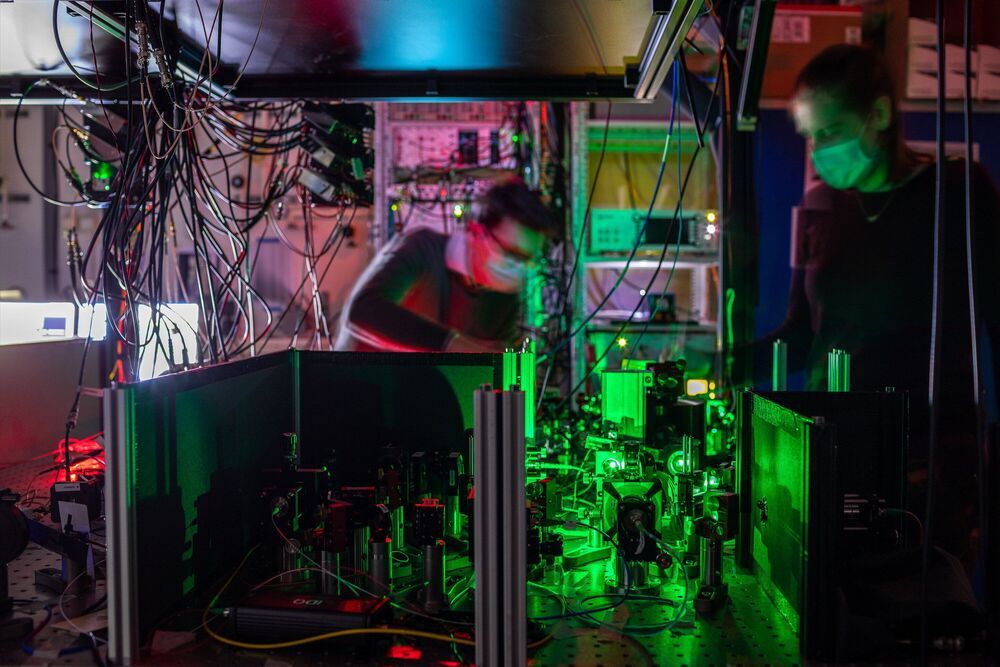This article is part of a series tracking the effects of the COVID-19 pandemic on major businesses and sectors. For other articles and earlier versions, go here.
A global shortage of semiconductors — chips that power massive data-centers, modern autos and countless digital devices — has roiled global manufacturing and is not expected to end soon. It isn’t a blanket problem, however, as different sectors within the chip industry will continue to be affected by the shortage in different ways.
As the industry entered 2020, high demand was expected in the mobile chip area because of the rollout of 5G devices. That path was turned on its head when COVID-19 became a global pandemic, driving millions, if not billions, of people into the safety of their homes to work, go to school, be entertained and to socialize.









